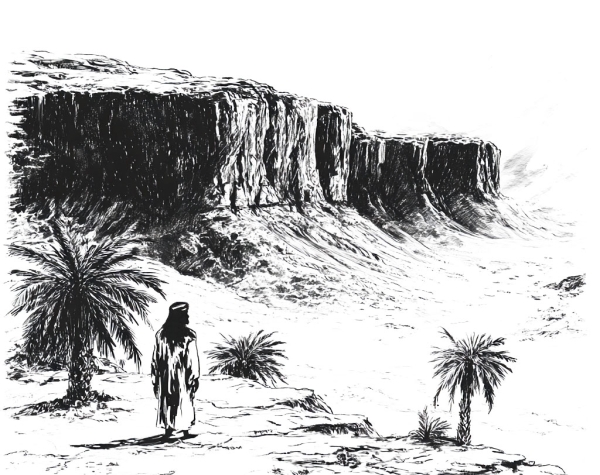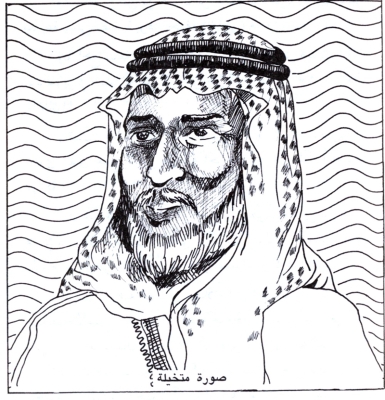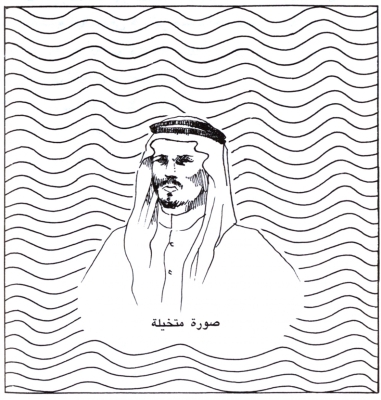
Mohsen Othman al-Hazani (1733 -1824) was a Saudi poet who lived during the First Saudi State. He served as the Governor of al-Hariq before resigning and dedicating himself to literature and poetry. He introduced Samri meters into traditional poetry and incorporated the two-rhyme system into colloquial poetry.
Life of Mohsen al-Hazani
Mohsen al-Hazani was born in the town of al-Hariq and grew up in a family of rulers, as his family had governed the Emirate of al-Hariq since its establishment. He learned the basics of reading and writing in the traditional Quranic schools (Katatib) and was well-versed in classical Arabic poetry, including works like the Mu'allaqat and the poetry of al-Mutanabbi, which is reflected in his own poetry. He assumed the Emirate of al-Hariq after his brother, Hamad, passed away in 1752, but he only remained in the position for two years before relinquishing it to his uncle, Abdullah Bin Rashid al-Hazani, and dedicating himself to literature and poetry. Mohsen was the second-born among his siblings. He married and had one son, whom he named "Saif."
Poetry of Mohsen al-Hazani
Mohsen al-Hazani introduced the two-rhyme system into colloquial poetry, thereby breaking away from the traditional Hilali meter. Poets previously relied on a single rhyme, following the style of Banu Hilal. Al-Hazani introduced the "Mashoob" meter with two obligatory rhymes, which became widely adopted afterward.
He also introduced the "Muroba" structure to colloquial poetry, where each verse consists of four lines. This style was not known before him, and other poets followed his lead. He used rhetorical and figurative techniques in his poetry, and his themes ranged from love and description to enthusiasm, patriotism, and religious poems, such as repentance and seeking Allah's mercy. He frequently called for rain and the descent of rainstorms, and rarely included praise in his poetry. In his works, he blended colloquial and classical Arabic, often incorporating classical verses into his poems.
He maintained connections with the notable figures of his time, including poets. He had literary relationships, poetic exchanges, and dialogues with poets from al-Ahsa and others. In these exchanges, he would symbolize his name and the name of the recipient using fragmented letters of the alphabet, such as:
Min Meem, Haa, Seen, and Noon, with a recording
With a composition that is enough for all. (Meaning from Mohsen).
To Meem, Haa, Meem, Dall
Examples of someone like me for someone like you, and not in vain. (Meaning to Muhammad).
A poetic exchange and rivalry took place between him and Hassan Bin Haza'a, as well as between him and Sardah Bin Haza'a, and with the poets Saad al-Mulaihi and Suleiman Bin Aflaq, who were all poets from al-Ahsa.
Death of Mohsen al-Hazani
Mohsen al-Hazani passed away in al-Hariq at the age of ninety-five.
Related quizzes
Related articles


